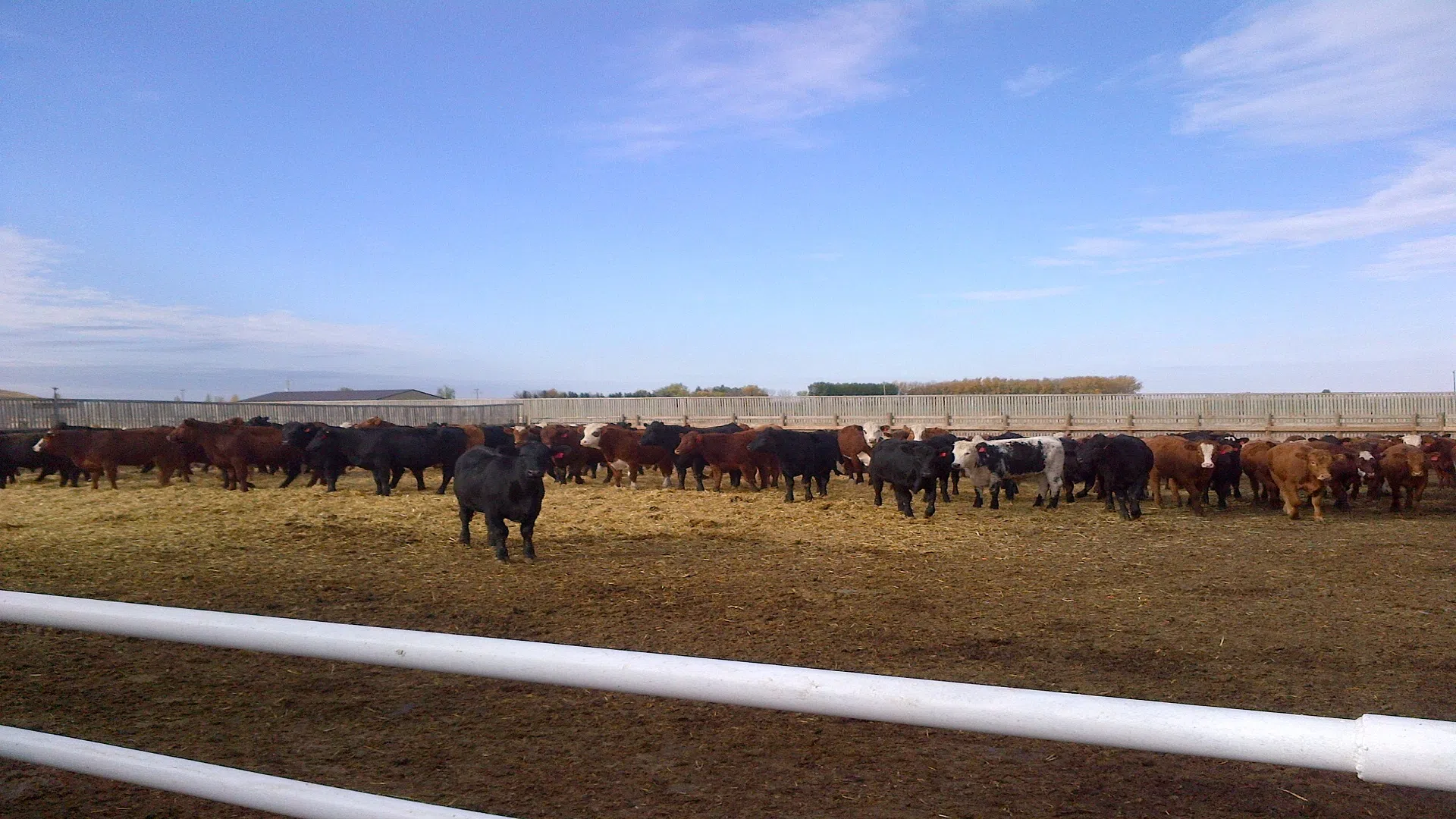
Case of atypical BSE found in Alabama
LETHBRIDGE – It will be an interesting case of ‘what happens when the shoe is on the other foot”, or in this case, the other hoof.
A confirmed case of mad cow south of the border doesn’t seem to have stirred the usual fears and blustery comments that normally accompany such a find. However, at this point, there’s no link to Canada and it seems the particulars of the case are being downplayed.
Agriculture officials say a rarely seen form of mad cow disease has been found in Alabama.
A statement from the Agriculture Commissioner in the state of Alabama, John McMillan, refers to the case as a rarely seen form of mad cow, known as atypical bovine spongiform encephalopathy, or BSE.


